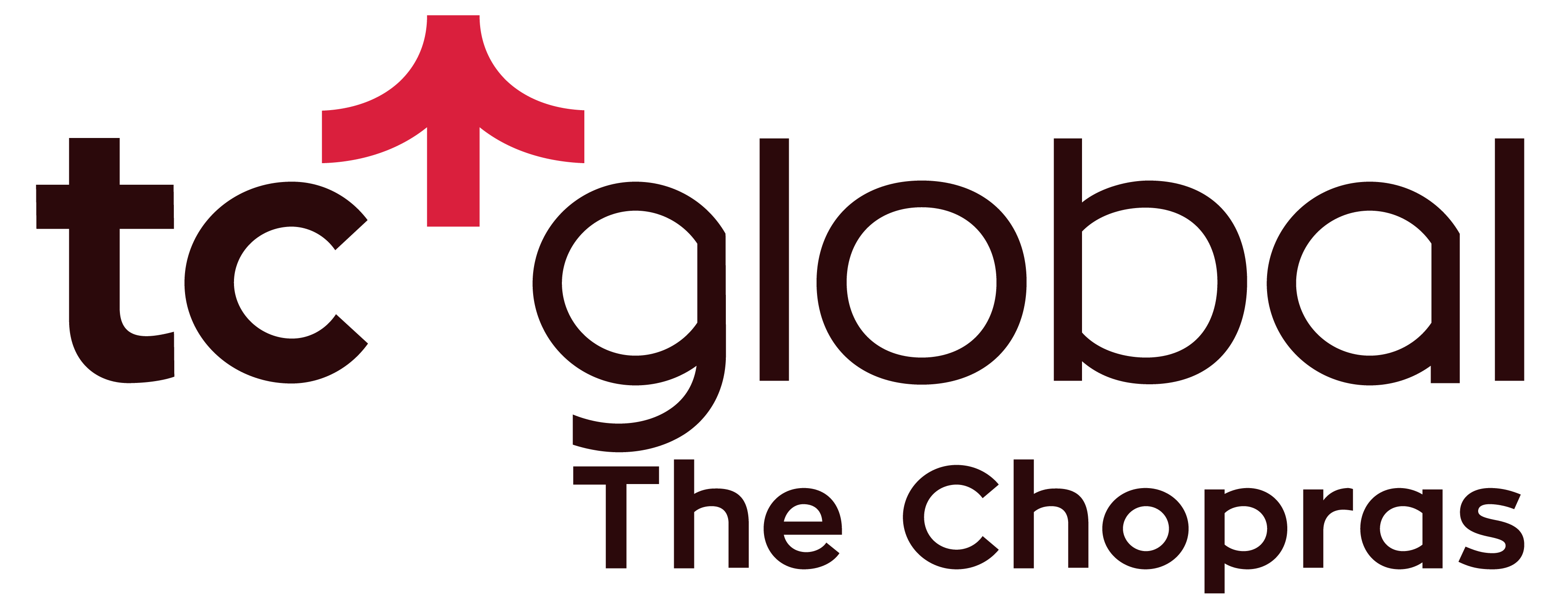Two of the most prestigious institutes of technology in the country, making a choice when it comes to Caltech vs MIT can be quite a quandary for prospective students. The two titans of science and technology are world-renowned for their research and innovations. Did you know that they both use the beaver as their mascots?
In this in-depth guide covering the California Institute of Technology vs Massachusetts Institute of Technology, we discuss the differences that distinguish the two top colleges and the similarities that they share.
Overview of MIT and CalTech

If the biggest decision you face is choosing between MIT and Caltech, we say kudos! Academically, the two universities are premier institutions, especially for pursuing STEM-related studies. MIT ranks number 1 in the world while Caltech ranks 10th (QS WUR 2025). In the US, MIT ranks 2nd after Princeton, while Caltech ranks 7th (US News and World Report 2024). When it comes to academic calendars, MIT divides it into semesters while Caltech divides it into quarters.
MIT is on the eastern seaboard, while Caltech is on the western coast of the US. The former is infamous for its beautiful yet harsh winters, while the latter has a warm climate almost throughout the year.
With this main difference in mind, let us delve into these two top universities.
Brief History and Background
California Institute of Technology
The California Institute of Technology, more popularly known as Caltech is a private research university, world renowned for its contributions to science, engineering and technology. Established in 1891 as Throop University, a preparatory and vocational school, the university took on its present name and form in 1920, as it began attracting influential scientists such as George Ellory Hale, Robert Andrews Millikan, and Arthur Amos Noyes.
Located in Pasadena, California, Caltech is known for managing and operating the Jet Propulsion Lab for NASA, and other large-scale research facilities such as the Seismological Laboratory and a global network of astronomical observatories, including the Palomar and W. M. Keck Observatories.
One of the top ranked universities of technology in the United States, Caltech’s focus is on STEM and allied programs. The institute awards varied degrees across bachelors, masters and the doctoral level. It ranks 7th in the country (2024) according to the metrics published by the US News and World Report and 10th in the world for 2025 according to QS World University Rankings.
Massachusetts Institute of Technology
Incorporated in 1861 amidst the ongoing Civil War in the USA, Massachusetts Institute of Technology or MIT is a private research university now located in Cambridge, Massachusetts. Founded in response to, and to accelerate the nation’s Industrial Revolution, MIT continues to be at the forefront of innovation and development when it comes to science and technology.
The school adopted a European polytechnic university model, emphasizing on laboratory work and practical application of the applied sciences and engineering. In order to reflect their commitment to the applied sciences and technology, the university chose the beaver, nature’s engineer, as their mascot.
MIT has consistently been one of the top ten universities of the world since its inception, and currently ranks number 1 in the world in the 2025 World University Rankings published by Quarendelli Symmonds. In the metrics published by the US News and World Report, MIT ranks second in the country, after Princeton University. It continues to be one of the most pioneering, sought after, and selective schools for the study of science and technology.
Key Statistics and Rankings
Here is a table comparing the key stats and ranks of the two universities.
| CalTech | MIT | |
| Campus | Pasadena, CA | Cambridge, MA |
| Nickname | Caltech Beavers | Beavers |
| Mascot | Bernoulli (Berni) the Beaver | Tim the Beaver |
| U.S. News National Rank 2024 | 7 | 2 |
| QS World University Rank 2025 | 10 | 1 |
| Undergraduate Student Body | 1,023 | 4,576 |
| Graduate Student Body | 1,440 | 7,344 |
| % of International Enrollment | ~ 32% | 29.17% |
| Average Acceptance Rate | ~ 3% | ~ 4.8% |
| Student to Faculty Ratio | 3:1 | 3:1 |
| Number of Undergraduate Programs | 28 majors | 55 majors and 58 minors |
| Number of Graduate Programs | 31 programs | 70+ degrees in 49 different fields of study |
| Research Expenditure | Around $400 million | Over $1 billion |
| Number of Athletic Teams | 13 playing at Division III | 33 teams playing at Division III |
| Number of Clubs and Student Org.s | 100+ | 450+ |
| Colours | Orange and White | Cardinal Red and Grey |
CalTech vs MIT: Academic Comparison

With both being polytechnic institutes with specialised focus on STEM education, and two of the most prestigious institutions for the study of technology in the USA, they have more similarities than differences, especially when looking at the popular courses offered. That said, let us dive deep into the world of academics at both MIT and Caltech to look at their undergraduate or graduate courses, choices and flexibility, ranking, degrees and class sizes, academic calendars, research facilities and budgets which can become important factors in deciding between the two universities.
Undergraduate Programs
Program Options and Focus Areas: The key difference is the number of options made available for their students. MIT being the much larger institution, has over 50 majors to choose from, while Caltech, with only about a 1,000 undergrads, has only 28 undergrad minors to choose from. Of course, both these schools are significantly smaller when compared to an Ivy League University like Harvard or top league schools like Stanford University.
While the key focus is on science and technology, both schools also offer a few programs in humanities and social sciences. MIT’s additional choice of programs also include architecture and business courses at the Sloan School of Business. Another significant advantage that MIT students have is that they can cross-register for a few courses at Harvard University and any other member of the Boston Consortium. While Caltech also allows for cross registration, the options available are Occidental College and the ArtCenter College of Design.
At the end of the day, both schools are independently world class, especially for STEM and typically attract students who are inclined towards technological innovations and have an aptitude for quantitative disciplines.
Standardized Test Scores: Unlike most American colleges that have continued with their test optional policies since the pandemic, both Caltech and MIT now require applicants to submit SAT/ ACT/ IB/ AP scores when applying for their undergraduate programs.
The average SAT score for students to be admitted into both schools ranges between 1530 and 1580. Both schools also require high ACT scores of 35 or 36. Both schools are neither easy to get into, nor are they easy to navigate after admissions. If you are looking at other admission requirements, while neither school has an official minimum high school GPA, competitive applicants typically have at least a 3.5 on a 4.0 scale. For most courses, applicants are also required to display a mastery in mathematics, including calculus, science, and English.
Core Curriculum: Both universities have clear requirements that have to be met by all undergraduate students, no matter their majors, or “options”, as it is known in the California Institute of Technology.
All undergraduate Caltech students are required to complete advanced courses in the sciences, humanities, and social sciences. The core curriculum at Caltech consists of:
- First Year Mathematics: 27 units (covering Multivariable Calculus and Linear Algebra)
- First Year Physics: 27 units (yearlong course)
- First Year Chemistry: 15 units (classes) and 6 units (lab)
- First Year Biology: 9 units
- Menu Class: 9 units (subjects include Astronomy, Environmental Science and Engineering, Energy Science, Geosciences, Information, and Logic)
- Additional Introductory Lab: 6 units (multiple options)
- Computer Science: 9 units (Introduction to Programming)
- Scientific Writing: 3 units
- Humanities and Social Sciences: 36 units in Humanities, 27 units in Social Sciences, and 36 additional units in either
- Physical Education: 9 units
Note: A typical nine-unit class means three hours of class time plus six hours of homework each week.
At MIT, the core curriculum is called General Institute Requirements (GIRs). MIT’s GIRs include the science core (six foundational courses in mathematics, physics, biology, and chemistry), the HASS requirement (a minimum of eight subjects in the humanities, arts, and social sciences), the communication requirement (to develop effective writing and speaking skills), laboratory requirement (a minimum number of credits of practical, project-based work),
REST requirement (two subjects of Restricted Electives in Science and Technology) and a physical education requirement.
Class Sizes: When it comes to the student body, Caltech is a much smaller institute when compared to its Boston counterpart. The total number of undergraduate students at the California school is only about one fourth of those enrolled in MIT. Despite these numbers, both schools have one of the lowest student to faculty ratios in the world, averaging at about 3:1. Even if you are comparing the average number of students in a class, the two tech schools are fairly equal, with about 70% of classes having fewer than 20 students
Top Majors:
| CalTech | MIT |
|
|
Graduate Programs
Graduate Program Options: MIT is ranked marginally higher than Caltech and also has more options for master’s degrees. MIT has over 70 programs to choose from, while that number is around 30 at Caltech. In addition to the more popular engineering and other technology related programs, MIT is also known for its graduate degrees in architecture, social sciences and MBA from the Sloan School of Business.
MIT marginally outranks Caltech when it comes to options, research opportunities, and student diversity. However, when it comes to employability and learning experience, Caltech surpasses MIT. The graduate student population at Caltech is around 1,400 as opposed to the almost 7,500 of MIT. This provides a more intimate learning atmosphere with most members of the faculty knowing the students personally.
College Admissions: Both universities are known for their highly competitive admissions, with students from all over the world applying. Their acceptance rates are some of the lowest in the world ranging between 3 and 5%.
The minimum admission criteria in both universities include a valid baccalaureate degree from a recognised university (GPA varies with departments), a strong application form with a well written Statement of Purpose (SOP), relevant work experience (for some courses), letters of recommendation (LORs) and English proficiency test scores (for international students). However, there is a difference when it comes to standardised test score submission. While most graduate programs at MIT require you to submit GRE or GMAT scores, they are not required, and will not be considered for admission in most master’s programs at Caltech.
Top Graduate Programs:
| CalTech | MIT |
|
|
Global Reputation: Both universities are globally renowned and are often seen vying for the top spot across varied subjects. A graduate degree in either of these schools is often considered with reverence and can open up numerous academic and career opportunities.
Overall and Subject Rankings
| California Institute of Technology | Massachusetts Institute of Technology |
| Overall Rank US News 2024: 7 | Overall Rank US News 2024: 2 |
| Times Higher Education WUR: 7 | Times Higher Education WUR: 3 |
| QS WUR 2025: 10 | QS WUR 2025: 1 |
| Subject and Other Ranking (Source: QS Global Subject Rankings 2024) | |
|
|
From the table, it becomes clear that while Caltech is one of the top universities for STEM and related programs, MIT stands almost unbeaten when it comes to most of its programs. Their focus areas are very similar, owing to their status as technological institutes. Both universities are academic giants in their own right, and to consider them as options for higher education is the mark of an excellent student.
Academically speaking, one cannot really go wrong when choosing between MIT and Caltech. When choosing, the focus should be on the specific departments, their curricula, teaching styles and pedagogies, and what best aligns with your career goals.
Constituent Schools
Caltech is divided into six main academic divisions that offer undergraduate and graduate programs.
- Biology & Biological Engineering
- Chemistry & Chemical Engineering
- Engineering & Applied Science
- Geological & Planetary Sciences
- Humanities & Social Sciences
- Physics, Mathematics & Astronomy
MIT’s undergraduate and graduate programs are offered by the following schools
- School of Architecture and Planning
- School of Engineering
- School of Humanities, Arts, and Social Sciences
- Sloan School of Management
- School of Science
- MIT Schwarzman College of Computing
Research Opportunities
Both Caltech and MIT are world leading R1 research universities that encourage their students to push the boundaries of their disciplines. While MIT spends over $1 billion for research every year, CalTech’s annual research expenditure is around $400 million. These amounts simply reflect the size of the respective schools rather than their research calibre.
Despite its size, Caltech is renowned for its extraordinary research facilities, paradigm shifting theories and inventions that have altered the future of science as we know it. Home to over 50 research centres and institutes including the Resnick Sustainability Institute, the Tectonics Observatory and NASA’s Jet Propulsion Laboratory, Caltech is known for its transformative breakthroughs in the fields of theoretical physics (think Richard Feynman), quantum science, astronomy, molecular biology, engineering, and bioinformatics, just to name a few. The university is also home to 5 NASA facilities on its campus. Research is encoded into the very DNA of campus life at Caltech that over 90% of undergraduate students participate in some form of research. The Summer Undergraduate Research Fellowships (SURF) program is one of the “crown jewels” of Caltech.
Similarly, MIT also enables flourishing research across all of their 30 departments. The school’s research capabilities are enhanced through the work of MIT Lincoln Laboratory, the Woods Hole Oceanographic Institution, active research relationships with industry, and a wide range of global collaborations. MIT research has inspired the inventions of the first interactive minicomputer, the e-mail, transistor radio, Kindle and the e-ink, technicolor, modern lithium-ion batteries, PET scans, and numerous other innovations that have changed the world. MIT also works closely with its neighbour, Harvard University, especially in the field of genomics research.
To sum up, both universities foster robust research environments with creative liberty in search of new knowledge. They help students develop a research mindset from the undergraduate level, helping their alumni become leaders and catalysts of change in the world.
Key Dates for Application
In this section, we will be looking at the key dates for application and admission into undergraduate programs (Fall semester) to get a sense of the timeline. Graduate schools have a different timeline. It is also recommended that you verify with the specific department / school that you are applying to, just to ensure they do not follow a different cycle.
| Important Dates | CalTech | MIT |
| Early Action (EA) Deadline | November 1 (Restrictive EA) | November 1 |
| Regular Admissions Deadline | January 3 | January 4 |
| EA Decision Posted in | Mid – December | Mid – December |
| Financial Aid Application Deadline | November 22 | February 15 |
| Regular Decision Posted in | Mid-March | Mid-March |
| Deadline to accept offer of Regular admission | May 1 | May 1 |
| Average Acceptance Rate | ~ 3% | ~ 4.8% |
Admission Options to be considered in the MIT CalTech debate:
- Both schools do not have an Early Decision (ED) admission pathway.
- Caltech’s EA is restrictive wherein you may not apply to an early program at any other private college or university within the United States. MIT’s is non-restrictive. It is non-binding in both universities.
- You can apply only once per entry year at MIT. It means that if you are not selected in the EA round, you cannot apply through the regular admission route in the same year.
- CalTech accepts the Common Application or the QuestBridge Application. MIT does not accept any of these common apps, but requires students to go through their own application portal called MyMIT.
- The application fee for both universities is $75.
Academic Calendar
Another significant difference between the two schools is their academic calendar. MIT follows a semester system while CalTech follows a quarter system. The academic year at CalTech is divided into three quarters (Fall, Winter and Spring), each lasting about 10 weeks. The shorter Summer session is typically dedicated for research or only a few academic courses.
MIT follows an academic calendar divided by semesters spreading through Fall (August/ September – December) and Spring (January – April/ May). MIT also has a shorter summer term during which some academic activities take place.
Pros of a Quarter System:
- One of the biggest benefits a student has in a quarter system is that it gives you the flexibility to choose more courses and interact with more faculty members. On an average, a student studying in this model ends up graduating with 18 more credits (6 more courses) than a student in a semester cycle.
- The course load is smaller, allowing students to better focus.
- Switching majors or raising GPA is comparatively easier than in a semester since course weight is more distributed in quarter terms.
Cons of a Quarter System:
- The main disadvantage is that quarters do not give a student enough time to settle into a course of study. While a course may be short, the level of the coursework might be intense to cover the required material in 10 weeks. Essentially, it gives you less time to study.
- It can be harder to schedule internships, co-ops, or study abroad programs since most of them are scheduled around the semester timeline.
Caltech vs MIT: Campus Life and Environment
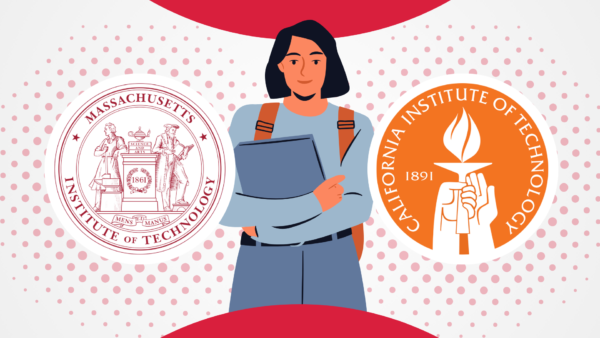
When the two universities being compared are equally excellent when it comes to academic standing, other factors must also be looked into before making a decision. Campus location, vibe, amenities, housing options and diversity are all factors that can make a prospective student prefer MIT to Caltech or the other way around.
Location
A significant factor that makes students choose Caltech over MIT (like Sheldon Cooper), or the other way around, is their location and weather. One is on the east coast while the other is on the western coast of the United States with about 3,000 miles between them.
MIT is located in Cambridge, Massachusetts, about 6 miles from Boston. Cambridge is, in fact, a part of the Greater Boston Area. The campus is well integrated with the city, providing varied opportunities for networking, cultural, and socialising activities. The location of MIT is more historic, intellectual, and infamous for its harsh winters.
In contrast, Caltech is located in Pasadena, California, just about 10 miles from Los Angeles. SoCal is known for its warm, beachy, summery, and Hollywood vibes and a relatively more laid back culture. Compared to Boston, Pasadena also provides a slower, suburban vibe, ideal for students who do not prefer the hustle and bustle of a larger city.
Campus Size and Facilities
Considering the impact the two schools have had over the years, both Caltech and MIT are relatively small universities, especially when compared to the Ivy Leagues that span thousands of acres. While the Caltech campus spreads across 124 acres, MIT sits on 168 acres of land that encompasses over 200 buildings.
The Caltech campus is a welcome respite from the otherwise busy city of Pasadena, with its verdant gardens, turtle ponds, fountains, eucalyptus and jacaranda trees planted throughout the campus. The university also provides state-of-the-art facilities to all of its students, from observatories, and research laboratories, to fitness centres, libraries, and athletic facilities. A beautiful campus that is largely self contained, the Caltech campus creates a warm and welcoming ethos.
Similarly, MIT provides all kinds of amenities to its students from state of the art classrooms, research labs, gym, auditorium, cafeteria, lawns, study areas and athletic facilities. The campus vibe is composed of brilliant, highly motivated people who are passionate about science, technology and innovation. Its proximity to Harvard also sets an intellectual background for its students to immerse itself into academics and research.
Student Activities and Organizations
When it comes to extracurricular activities, both universities have a culture of enabling students to explore other interests beyond academics. CalTech and MIT are rivals, not only as two of the top science and engineering schools in the country but also because of their elaborate pranks.
For instance, in 2005, a group of Caltechers set up a laser show on MIT’s Great Dome that displayed a Caltech blimp being lifted high. They also covered MIT’s sign and made it read as “The Other Institute of Technology”. They also passed out T-shirts that read “MIT” in the front and “Because Not Everyone Can Go To Caltech” at the back. In retaliation, in 2006, MIT-ians stole the iconic 130-year old Fleming Canon from the Caltech campus.
This shared pranking culture in both schools brings about a sense of joy and camaraderie, amidst an otherwise serious learning environment.
Athletics:
Neither school is known for its athletics, especially when compared to UCLA, Stanford, or the Ivies. MIT Engineers have 33 teams who play varied sports in the NCAA Division III while the Caltechians have 13. Both schools do not have a strong athletic tradition and is one of the reasons why MIT is not part of the Ivy League. However, both schools have a culture of club sports for both recreation and fitness.
Student clubs and organizations:
Looking beyond athletics, MIT enables over 450 clubs and student organizations for their students to pursue varied interests beyond academics. Many of these clubs are also uniquely focussed on innovation and research opportunities. The MIT campus is a great fit for those riddled with scientific curiosity. Moreover, the university has an active Greek life supported by over 30 sororities and fraternities.
Caltech has over 100 official student-led clubs and organizations. Alpine Skiing, Quizbowl, cultural identity organizations, robotics, and the Cheese Society are just a few popular examples. The school also allows you to start your own club to explore your interests on campus.
Housing and Accommodation
At the undergraduate level, Caltech requires first and second year students to live on campus while MIT makes it mandatory only for freshmen. MIT has 11 residence halls for undergrads while CalTech has 8 “houses” that have single, double, and triple rooms. About 95% of students choose to live on campus at Caltech while the number is around 70% for MIT.
MIT also has dedicated housing options for its graduate students ranging from residence halls to family apartments. The housing office of MIT also assists students with the requirements of off-campus accommodation. The Housing Office offers a full range of housing available for Caltech graduate students, from studios to apartments to single-family homes. The university also guarantees housing for first year graduate students. The extremely small student population of Caltech makes student housing more easily accessible.
MIT vs CalTech: Financial Aspects

Another major point of discussion when it comes to Caltech vs MIT is the cost involved. The cost of attendance (tuition), additional expenses such as books, student fees, insurance and housing must be taken into account before making a choice.
At the outset, both are privately owned universities and therefore do not offer any subsidised rates for local residents. Moreover, the general cost of tuition is higher (sticker price of around $70,000 – $90,000) when compared to public universities. That said, both universities are known for their highly inclusive financial aid programs.
| Annual Rates | CalTech | MIT |
| Tuition (Bachelor’s) | $63,402 | $61,990 |
| Tuition (Master’s, not including professional programs) | $63,063 | ~ $61,990 |
| MBA Tuition | N.A. | $86,550 |
| Housing (On-Campus) | $11,697 | $10,650 – $14,630 |
| Food (Meal Plan) | $8,586 | $7,216 |
| Off-Campus Housing | $14,733 | $12,430 – $29,160 |
| Types of Financial Aid | 1. Grants and Scholarships 2. Work Study 3. Loans (only need-based) |
1. MIT Scholarships 2. External aid 3. Federal aid 4. Work Study 5. Loans (only need-based) |
| International student scholarships |
|
|
| Estimated average grant for an aid student | $63,160 | $ 63,729 |
| Admission Decisions | Need aware for international students | Completely need blind |
| Demonstrated Need Cover | 100% (Students from families making $90K or below, will receive a no loan financial aid package) | 100% (Families with income less than $75,000 have 0% parent contribution) |
Here are a few important points to be kept in mind.
- As private universities, the tuition rates at both universities are much higher compared to public universities. That said, both have numerous scholarship and financial aid options. It is important to research specific scholarship options for the program/ department that you are applying for.
- The tuition fees are average figures, calculated for a typical academic year of 9 months. The fee will be higher should you choose to take extra courses in the summer months.
- The tuition fee amounts in the table are indicative of only the cost of attendance. It does not include books, student health insurance and other expenses. Student insurance alone can cost between $3,000 – $7,000 a year.
- Both universities offer only need-based scholarships. Merit scholarships are typically funded by external sources. Neither university offers athletic scholarships.
- The financial need requirements of international students are met in the same way as it is for domestic students. However, Caltech also allows overseas students to apply for aid only in the first year. If awarded, it will continue through all years of study. If a student does not apply in the first year, or is not selected, then they cannot apply in the subsequent years.
- International students are not eligible for any state or federal aid.
Caltech vs MIT: Career Prospects and Alumni Network
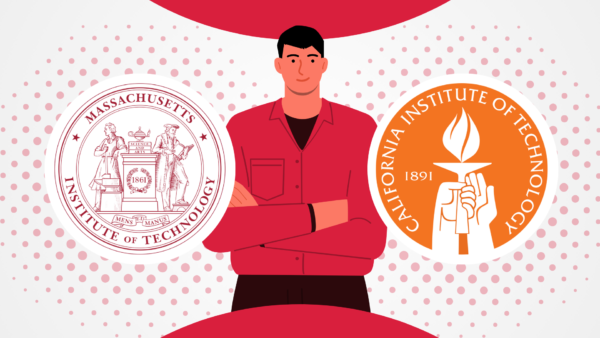
Considering the reputation of the two universities, and an alumni network filled with stalwarts across disciplines, there is no doubt that a graduate of these schools will have numerous post-graduate opportunities of their choosing. The academic rigour and culture of research in these two universities create a pedigree that recruiters often compete to get for their organisations.
Employment Rates
As one the top college for graduate employment in the US, Caltech has an employability rate of over 98%. It stands first in the US when it comes to graduate employability, according to the metrics published by Times Higher Education ranking, only to be followed by MIT which stands second. A diploma from either of these tier 1 institutions is the closest one can come to guaranteed competitive employment, irrespective of the discipline.
Notable Alumni
MIT has over 140,000 living alums across the globe while Caltech’s alumni network extends across a community of 25,500 people who are some of the brightest minds in science, technology and business.
If you are comparing Nobel Laureates as a mark of academic excellence, MIT is associated with about 101 Nobel Prize Winners while about 46 are associated with Caltech (This is a significantly high number, keeping in mind the total student body of the university).
Notable Alums of MIT
- Kofi Annan, Former Secretary General of the United Nations
- Buzz Aldrin, Astronaut
- Richard Feynman, Physicist
- Ben Bernanke, Economist
- Carly Fiorina, Former CEO of HP
- Raghuram Rajan, Economist
- Jonah Peretti, CEO of Buzzfeed
- Shirley Ann Jackson, Nuclear Physicist
Other Notable Alumni from Caltech
- Kip Thorne, Theoretical Physicist
- Amy Mainzer, Astronomer
- Frank Borman, Astronaut
- France Córdova, Director of the National Science Foundation
- Chester F. Carlson, Inventor of Xerography (photocopying)
- Raymond L. Orbach, Director of the Energy Institute at the University of Texas at Austin
Career Services
From internships to employment opportunities, organisations and recruiters seek students and graduates of top notch institutions like MIT and Caltech. In both universities, the career centers for strategy and success assist their students to gain practical experience, build networks and communicate their aptitudes and skill sets to prospective employers. They also play an instrumental role in building leadership skills and specialised skills that are essential to a workplace.
In both universities, the career centre connects students to internship opportunities and prospective employers through seminars, job fairs, and numerous other on-campus events. Their goal is to clarify career aspirations, identify opportunities, and offer support at every stage of career development.
Caltech vs MIT: Conclusion

Deciding between Caltech and MIT involves considering various factors such as academic strengths, campus life, financial implications, and career prospects. Both universities offer unparalleled opportunities, but your decision should align with your personal and professional goals.
From being located on two opposite coasts of the country, they have more differences than similarities. The key aspect that ties the two schools together is that they are both technological institutes with a specialised focus on STEM and its related fields. They also provide numerous financial aid and housing options for their students. Both of them have the industrious beaver as their mascot. Beyond that, the following list highlights the key differences.
- MIT ranks number 1, while Caltech ranks 10th according to QS World University Ranking 2025.
- In the US, MIT stands 2nd after Princeton, while Caltech ranks 7th.
- Despite being a polytechnic institute, MIT also has a reputation for social sciences, architecture, linguistics (Noam Chomsky retired from MIT!), and business. Meanwhile, Caltech is known for taking a STEM approach even for its few social science programs.
- MIT, being the larger school, has more program options at both the undergraduate and graduate level.
- While they are comparable when it comes to campus size, MIT’s student population is over five times that of Caltech. The California school is renowned for its grand accomplishments with such a small student body. Despite the difference in the student population, both schools maintain a student-to-faculty ratio of 3:1.
- MIT follows the semester system while Caltech follows a quarter system.
- Cambridge and the Boston area is more historical and intellectual when compared to the beach and laid back vibes of Pasadena. MIT is more urban and integrated into the city when compared to Caltech’s suburban, self-contained ethos.
- Pasadena’s warm and summer climate is also typically preferred over Massachusetts’ harsh winters.
Considering their reputation, the ultimate call rests on whether the course curriculum and the learning outcomes meet your career plans. The most significant part of your research is to compare courses, syllabi, electives, faculty and research facilities of your preferred degree program, speak to current students, and then decide depending on which school better suits your needs.
We understand that becoming an international student can be very thrilling, but the prep and paperwork of it all can get overwhelming. The easiest way to reduce your stress is to sign up with TC Global.
We simplify international education, learning, and mobility through connecting students, universities, and a global community on a single platform where there are over 1000+ education providers and over 80,000+ courses.
Our platform enables students to study anywhere in the world in just a few steps. From search and discovery and finding the right course fit for you, to applications, visas and departure – we see you through it all.
To move forward with us, download our app or visit tcglobal.com and sign in to create an account on our student platform and onboard with us in quick, easy steps.! ?
Then simply set up a visit Calendly.com/tcglobal to pick a Relationships Team closest to you and choose a slot to meet with a Relationship Member. Be it Caltech vs MIT or any such debates, our experts will be with you every step of the way to help you decide.
Let’s shape your future together.
FAQs
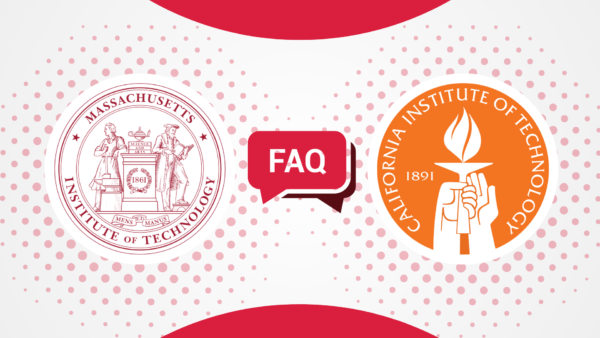
Is CalTech or MIT more prestigious?
While both are world renowned centres for academics and research, MIT typically supersedes Caltech in most ranking lists.
Is CalTech considered Ivy League?
No, Caltech is not part of the Ivy League for two reasons – one it does not have a big culture of athletics, and two, it is not located in the northeastern part of the United States.
Is Caltech the hardest college to get into?
Caltech, along with Harvard and MIT, are some of the hardest colleges to get into with an acceptance rate of around 3 – 5%.
Is Caltech or UC Berkeley better?
While they are relatively evenly matched when it comes to reputation and ranking, the key difference comes down to the kind of student experience that you are looking for. Caltech is a much smaller, private institution with a clear emphasis on STEM education. UCB is a much larger public university with a greater scope for academic and social interaction.
Is MIT harder to get into than Harvard?
When it comes to admissions, MIT and Harvard are two of the most competitive schools in the United States. They both have an acceptance rate of 3 – 5%.
Is MIT better than Ivy league Schools?
It depends on the program/ discipline you are looking at. When it comes to STEM and allied subjects, MIT even surpasses the Ivies.
Is MIT better than IIT?
Both MIT and the Indian Institute of Technology (IIT) are globally recognised institutions in the field of STEM. But MIT is ranked higher and has a greater global recognition when compared to IIT.
What is the GPA required for MIT?
Typically a weighted GPA of 4.1 or higher is required to be considered competitive. However, a lower GPA can be counterbalanced by high SAT/ ACT scores.
Why is MIT not part of the Ivy League?
The history of the Ivy League goes back to athletics and participation in Division I sports. MIT athletes participate in NCAA Division III. Moreover, when the Ivy league was officially established in 1954, MIT did not have a robust athletic program.
Can I go to MIT after 12th?
Yes, MIT has a wide array of undergraduate programs that you can apply to, after 12th. While the university does not have any specific required courses, it is expected that applicants are enrolled in a broad, rigorous program in high school. Students are also required to take standardized tests such as the SAT or ACT.
Can I get a 100% scholarship to MIT or CalTech?
Both MIT and Caltech meet 100% of the demonstrated financial needs of students, irrespective of their immigration status. Demonstrated financial need is the difference between the Cost of Attendance and your Expected Family Contribution. At MIT, for families earning less than $75,000 per annum, family contribution is zero. At Caltech, students from families making $90K or below will receive a no-loan financial aid package. However, Caltech is need aware for international students.
You May Also Like
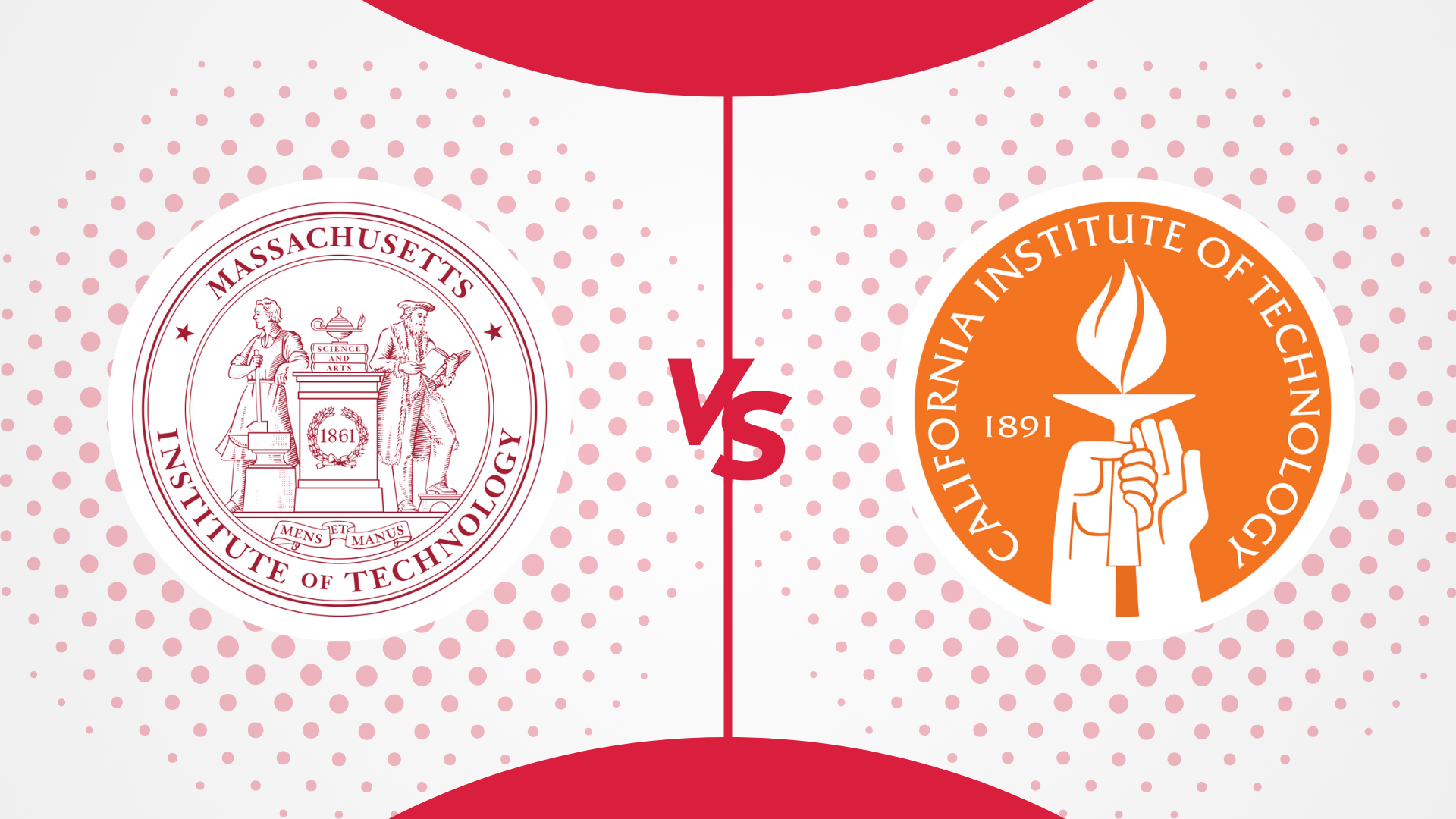
Compare more universities in USA
-
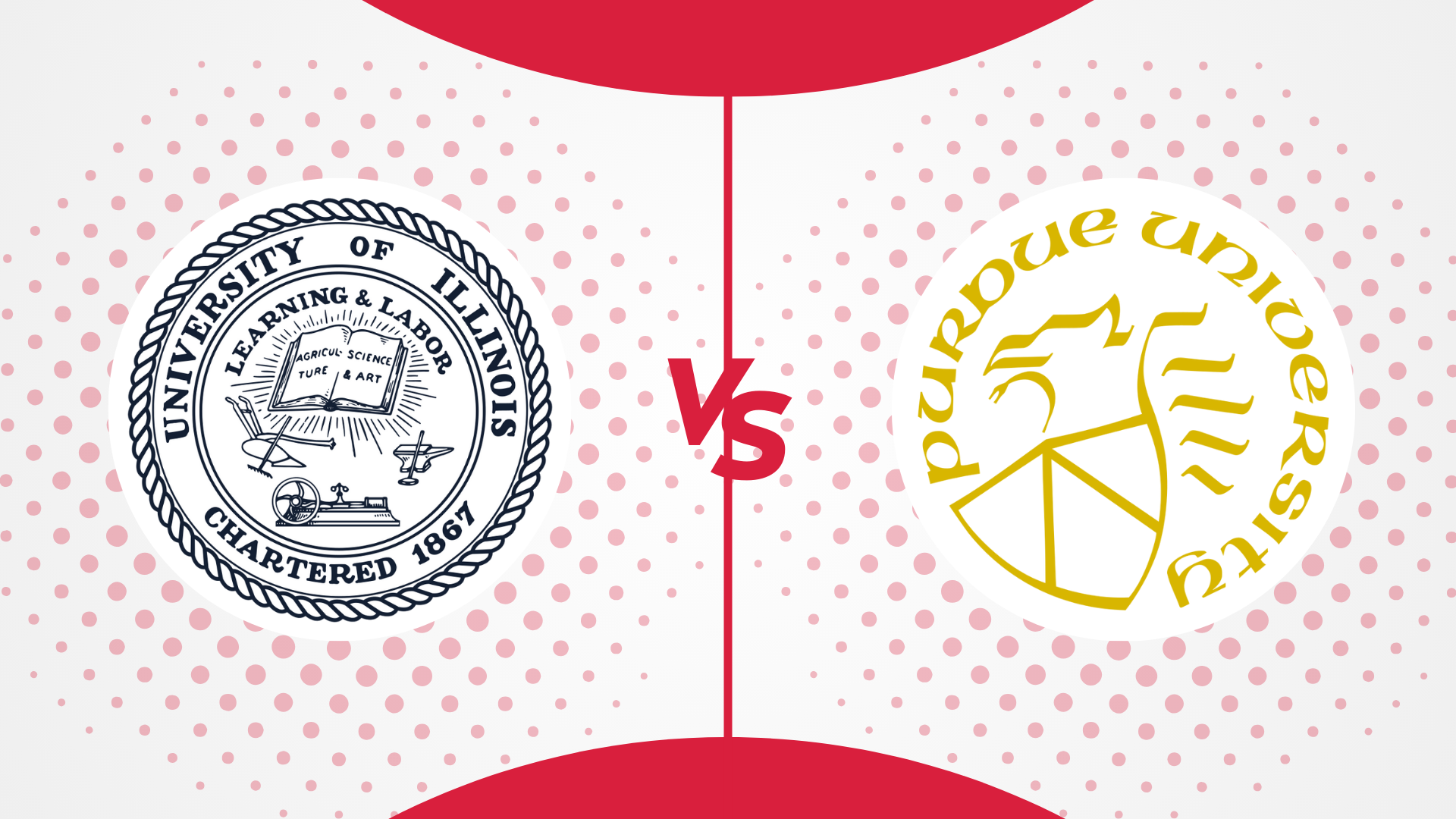
Purdue vs UIUC: How Do They Compare in 2025?
December 16, 2024 -
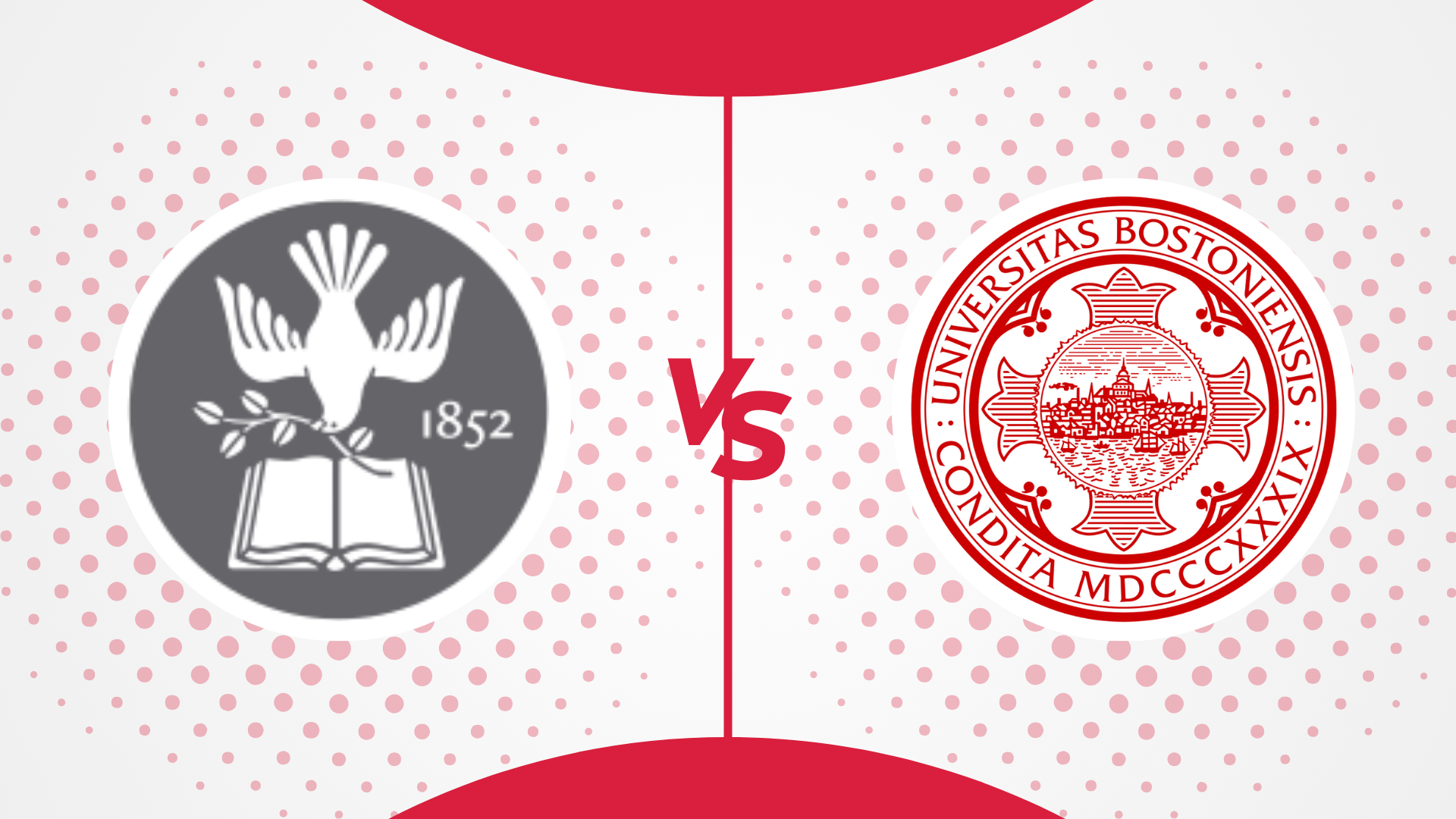
Tufts vs BU: How Do They Compare in 2025?
December 16, 2024 -

UIUC vs Georgia Tech: How Do They Compare in 2025?
December 3, 2024 -

Georgia Tech vs UT Austin: How Do They Compare? [2025]
September 24, 2024 -

UC Davis vs UC Irvine: How Do They Compare in 2024
September 10, 2024 -
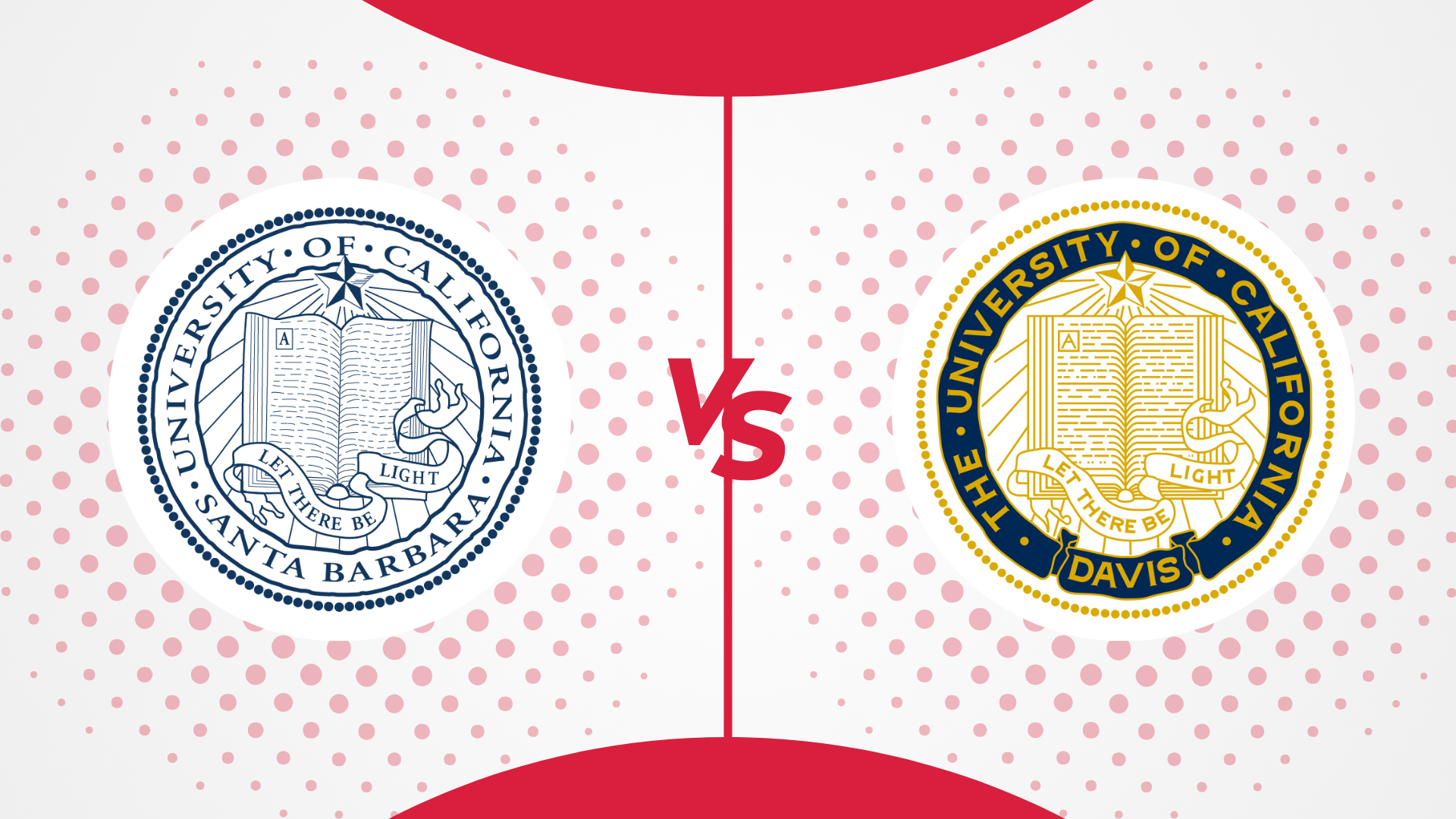
UC Santa Barbara vs UC Davis: How Do They Compare? [2024]
August 30, 2024 -
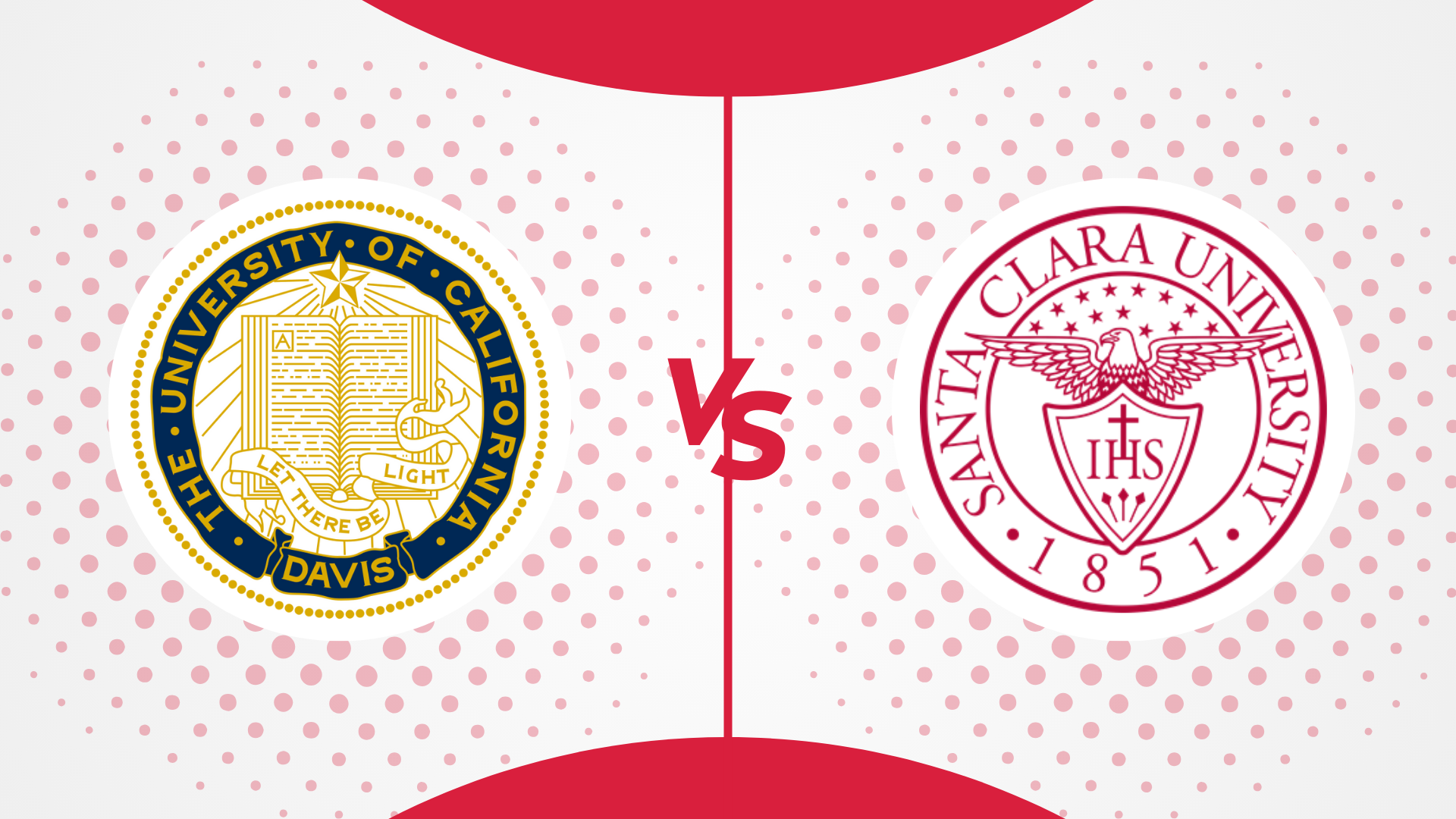
UC Davis vs Santa Clara University: How Do They Compare? [2024]
August 23, 2024 -

University of Chicago vs Northwestern University: How Do They Compare
August 20, 2024 -

Georgia Tech vs MIT: How Do They Compare? [2024]
August 7, 2024 -

MIT vs Harvard: How Do They Compare [2024]
July 27, 2024 -

Cornell vs Harvard: How Do They Compare? [2024]
July 27, 2024 -

Yale vs Harvard: How Do They Compare [2024]
July 22, 2024 -

Harvard vs Princeton: How Do They Compare [2024]
July 16, 2024 -
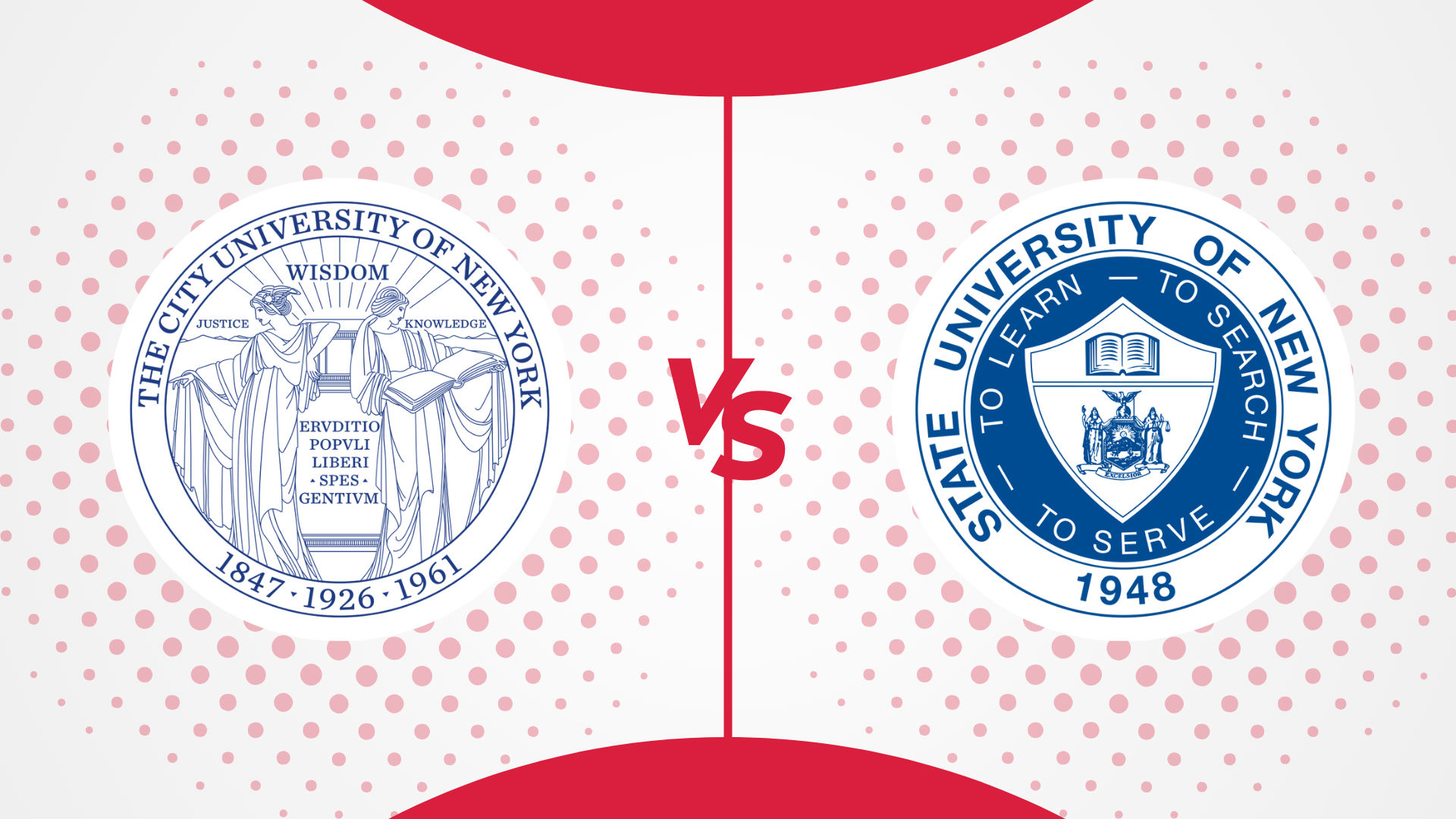
CUNY vs SUNY: Which One is For You in 2024
July 9, 2024 -
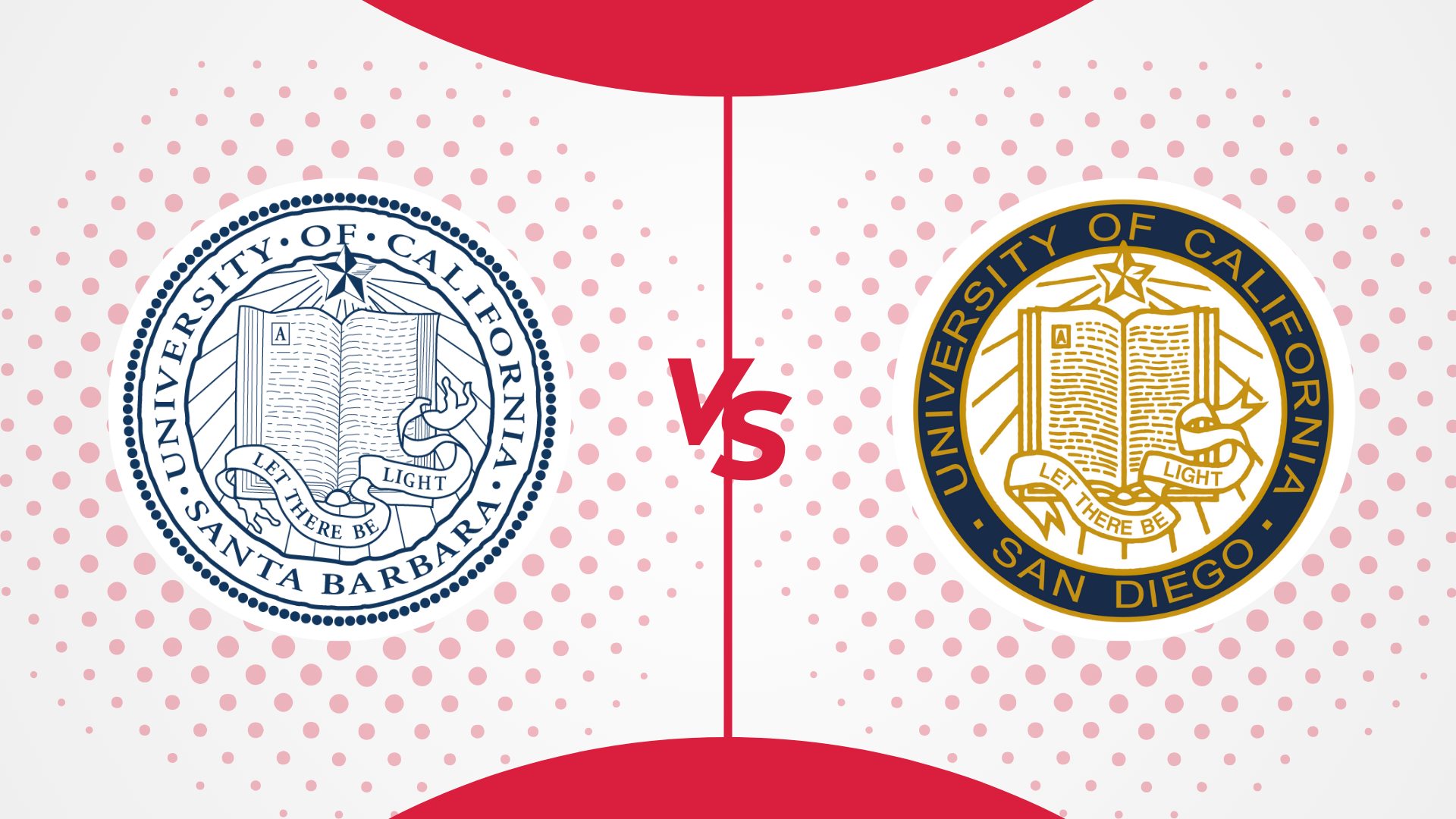
UCSD VS UCSB: Which One is Better For You in 2024
July 9, 2024 -
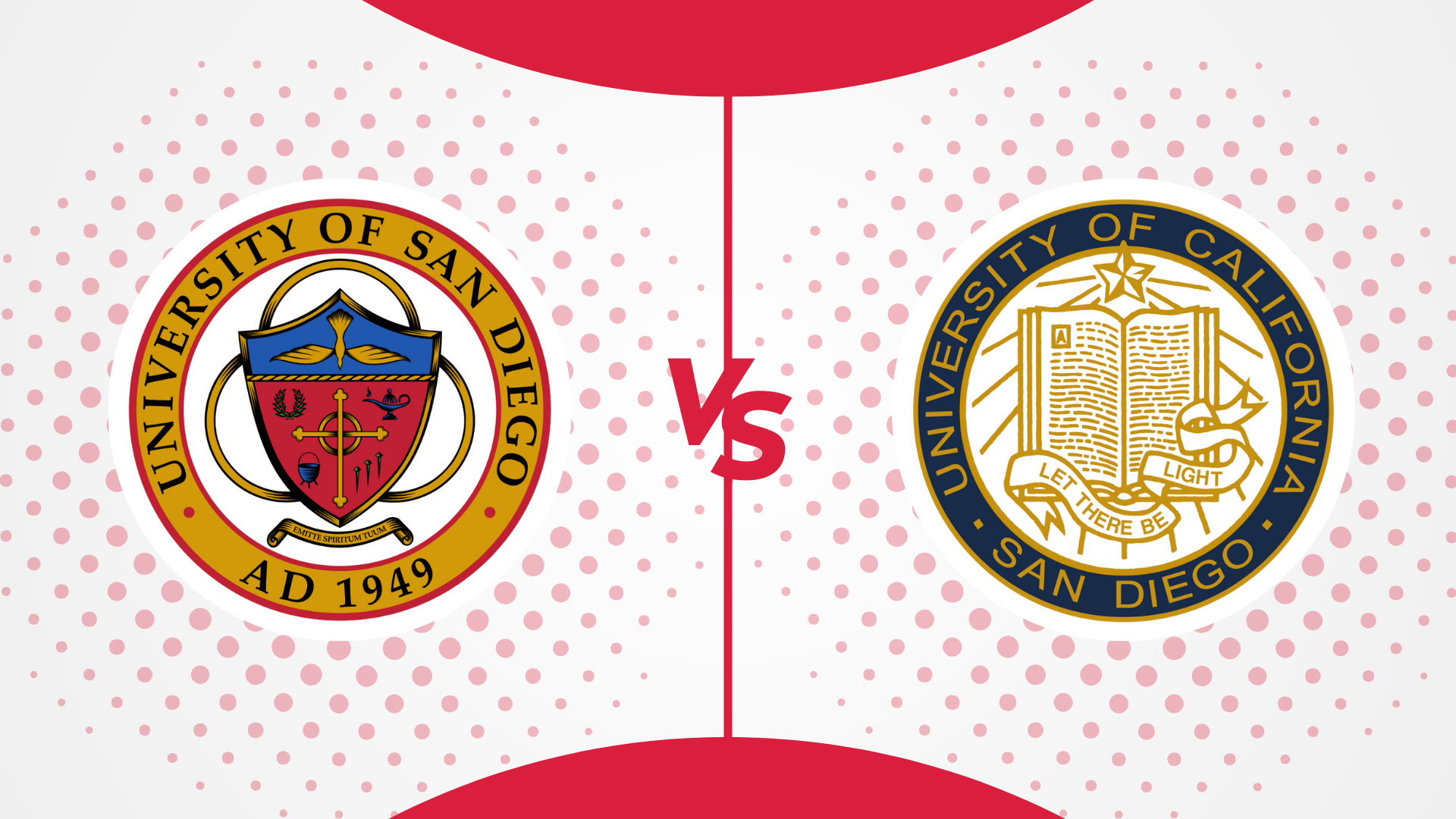
USD vs UCSD: Which one should you choose in 2024?
July 9, 2024 -
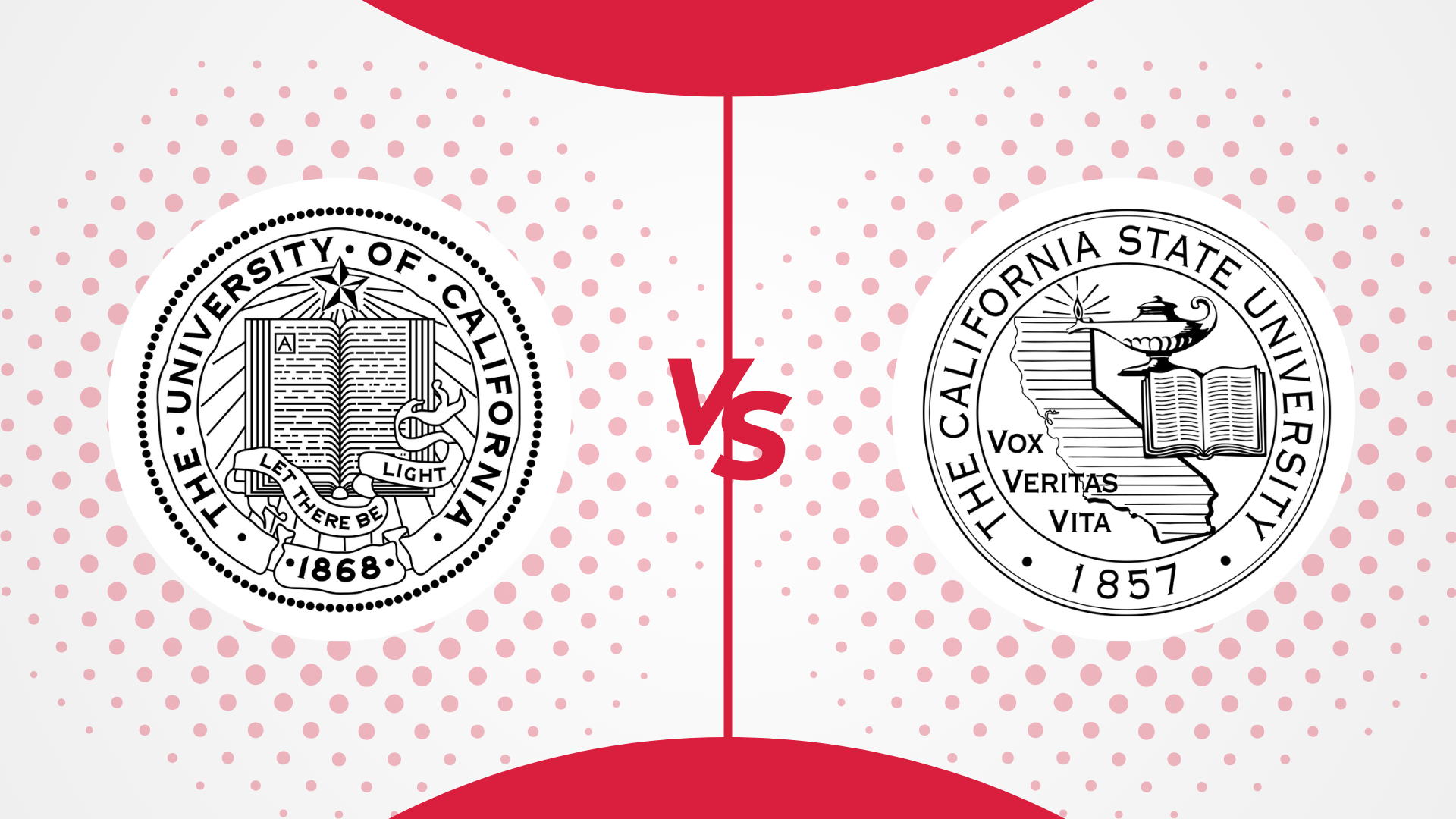
UC vs CSU: Which One is Better in 2024?
July 9, 2024 -
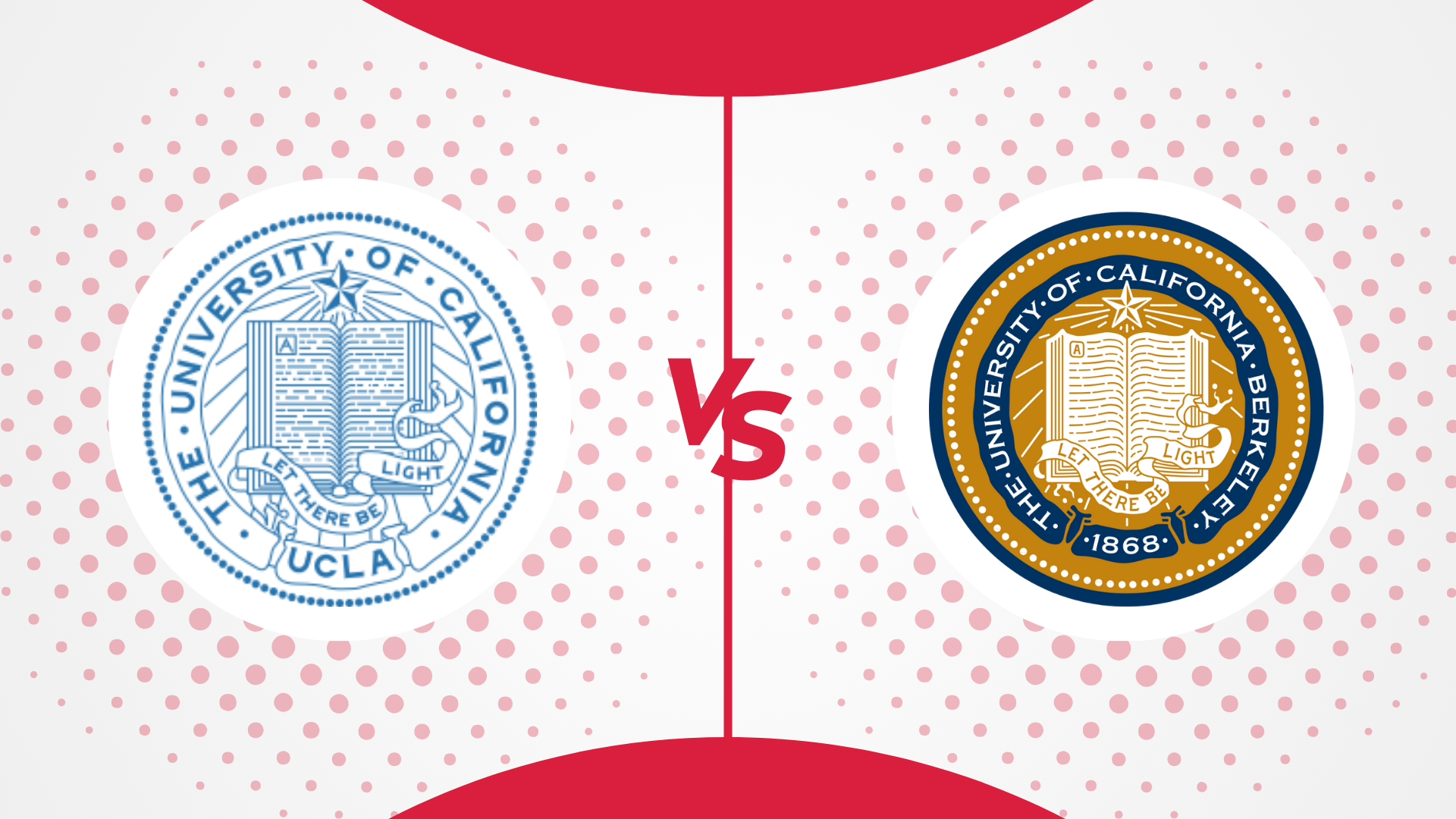
UCLA vs UC Berkeley: Which One is Best in 2024
July 9, 2024 -

University of Arizona vs Arizona State University: Which One is Better in 2024
July 9, 2024 -

Penn State vs UPenn: Which is Better for International Students in 2024
July 9, 2024 -

Northeastern vs Northwestern: Which One is Best in 2024
July 9, 2024 -

Northeastern University vs Purdue University – Which One is Better in 2024?
July 9, 2024 -

Boston College vs Boston University: Which One is the Best in 2024?
July 9, 2024 -

LSU vs UCLA: Which Is Better For You In 2024?
July 8, 2024 -

NYU vs Boston University: Which One Is Better For You In 2024
July 8, 2024 -

USC vs UCLA: Which One Is Better For You In 2024?
July 5, 2024 -
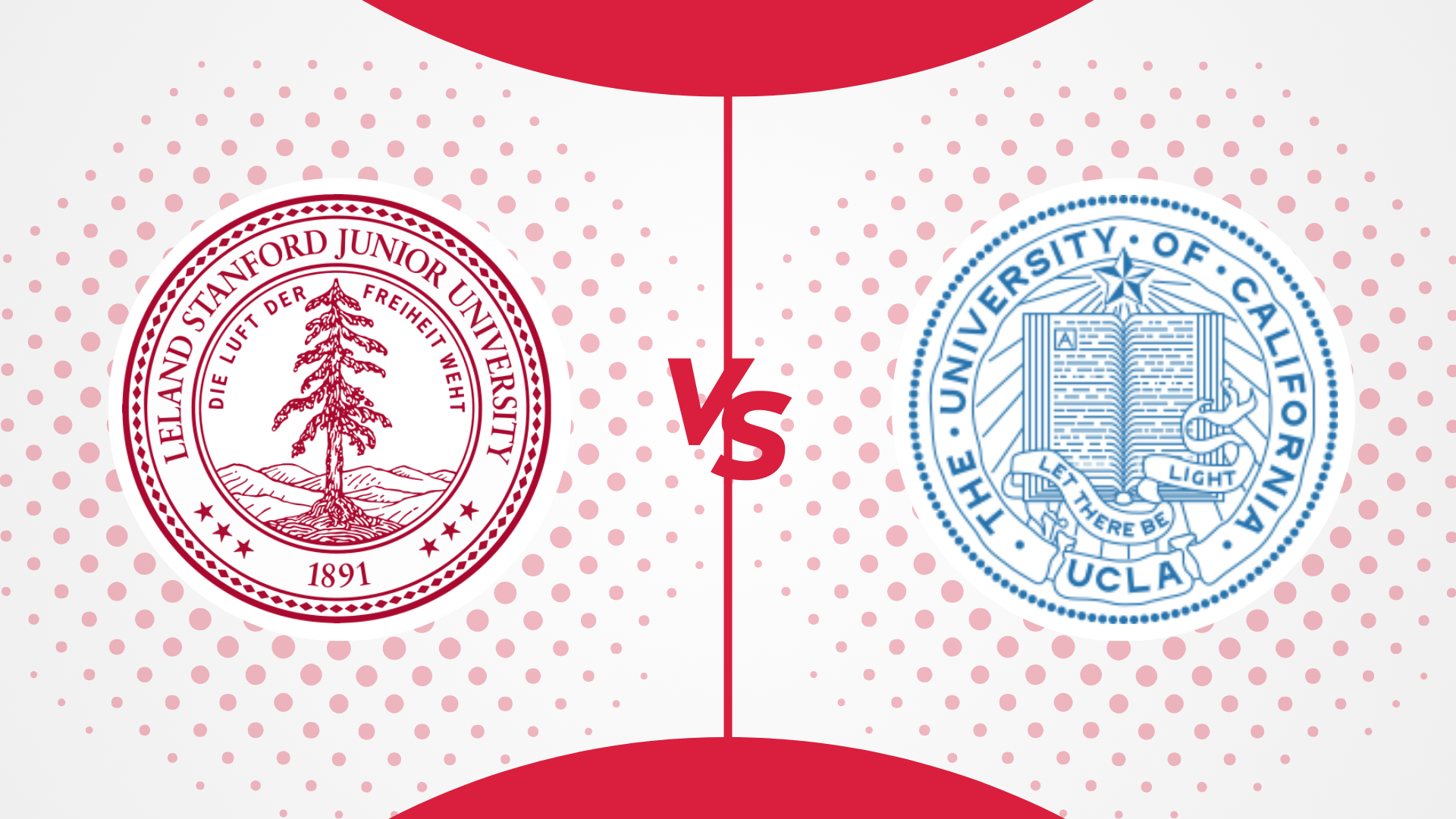
Stanford vs UCLA: Which One is Better For You in 2024
June 28, 2024 -
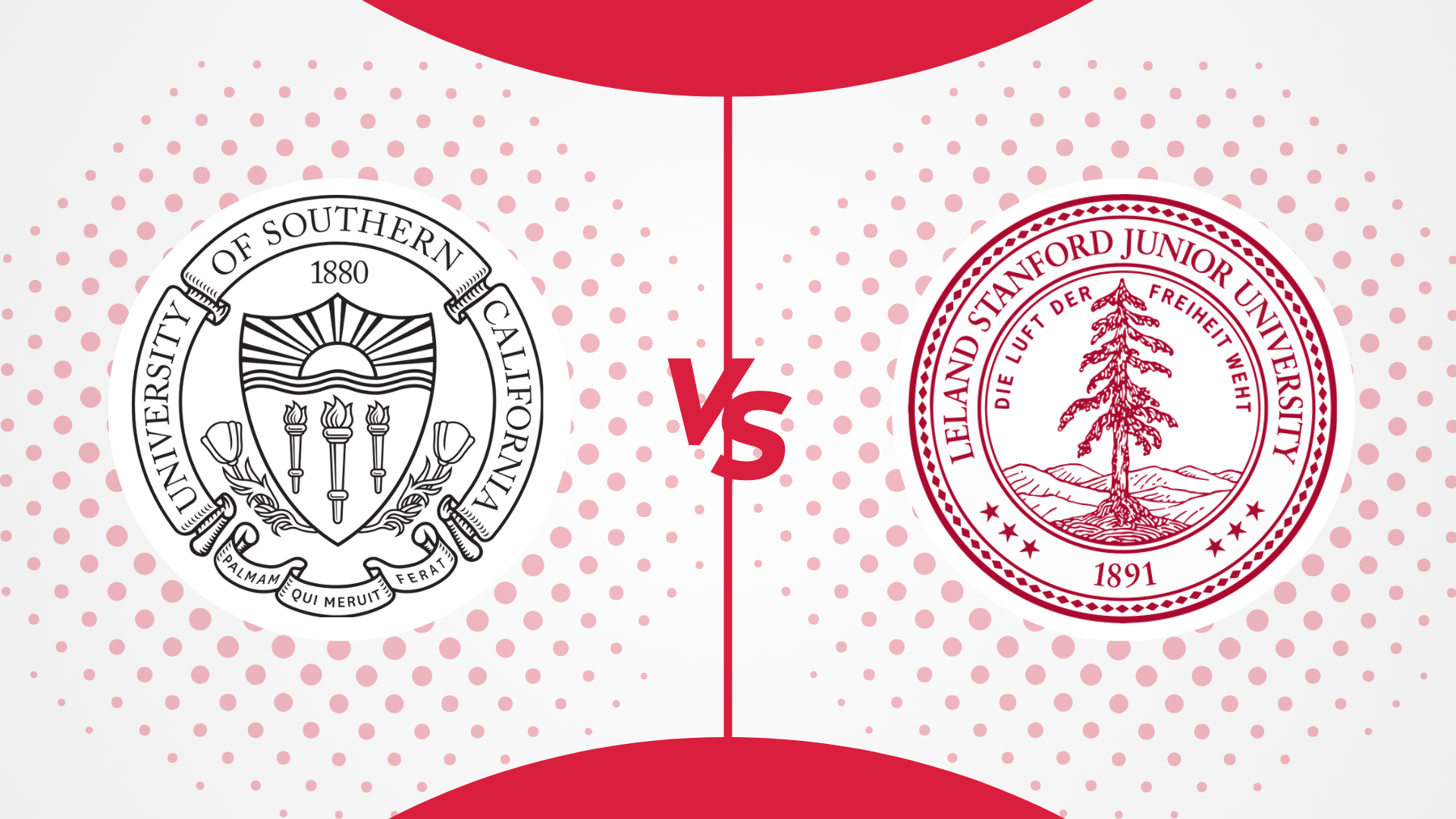
USC vs Stanford: Which One is Better For You in 2024
June 28, 2024 -
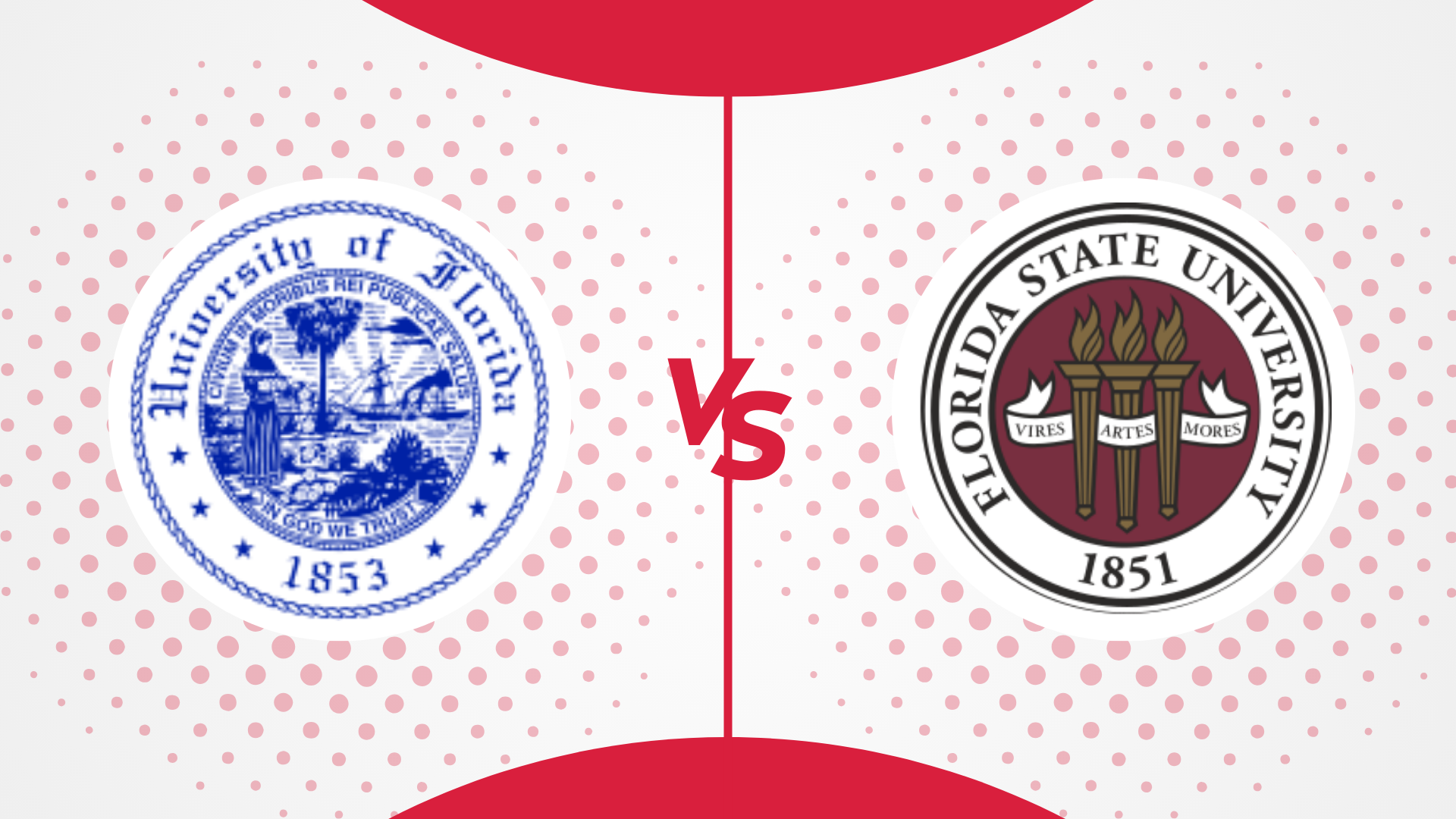
University of Florida vs Florida State University: Which One is Better For You in 2024
June 28, 2024 -

NYU vs Columbia: Which Is Better In 2024?
June 28, 2024 -

Princeton vs Columbia: Which Is Better In 2024?
June 28, 2024 -

NYU vs Cornell: Which One Is Better In 2024?
June 28, 2024 -

Boston University vs Northeastern: Which one is best in 2024
June 28, 2024 -

NYU vs UCLA: Which Is Better For You In 2024?
June 28, 2024
